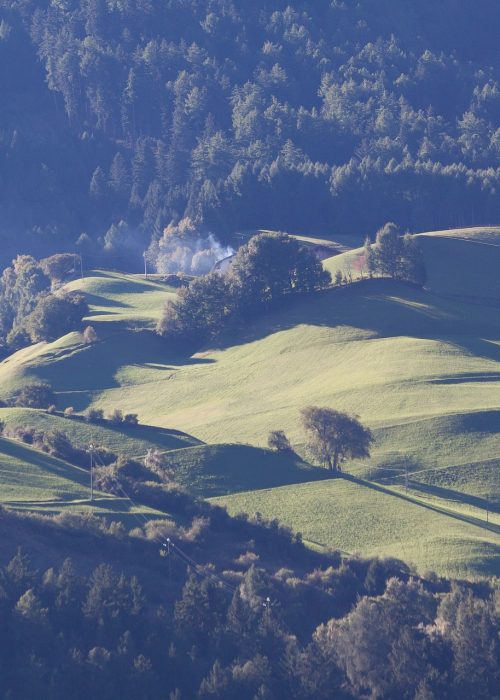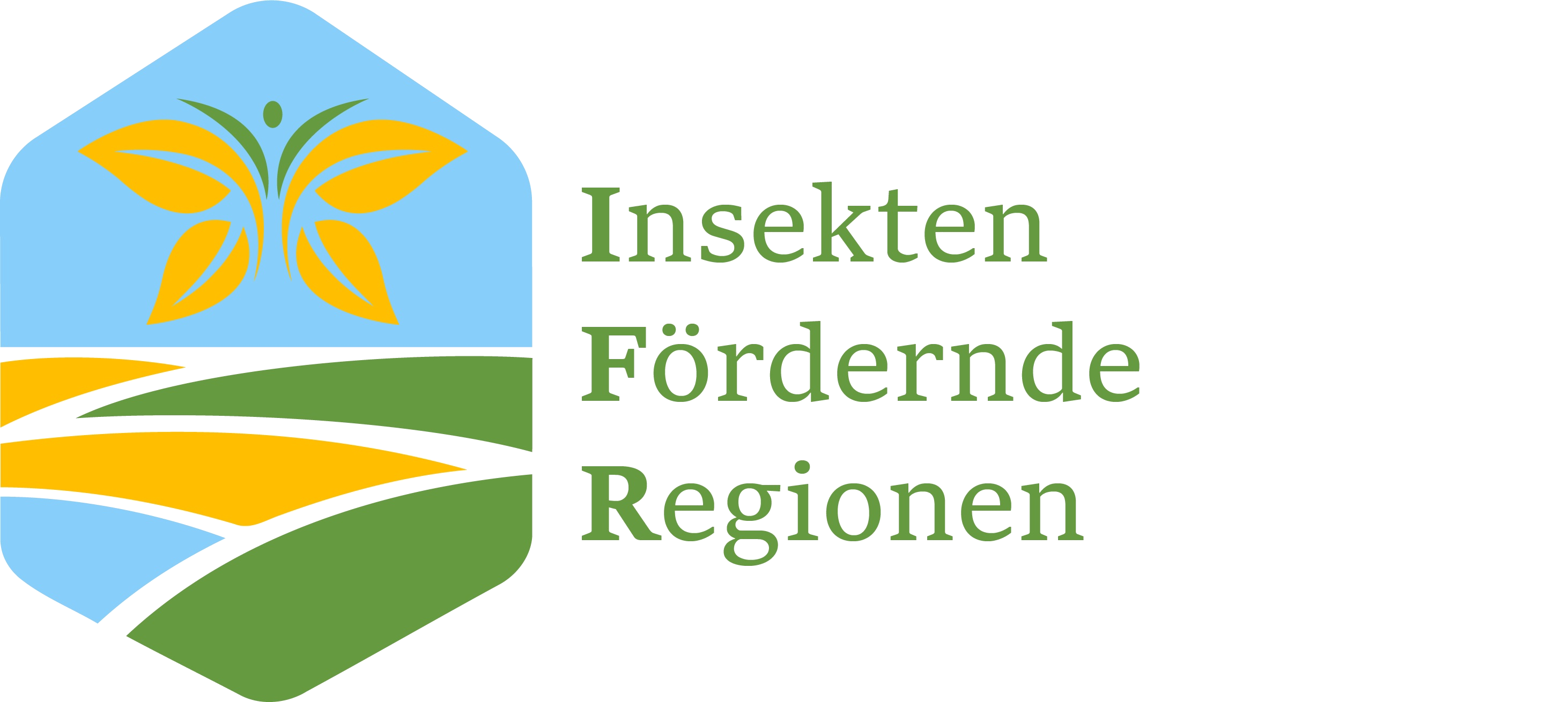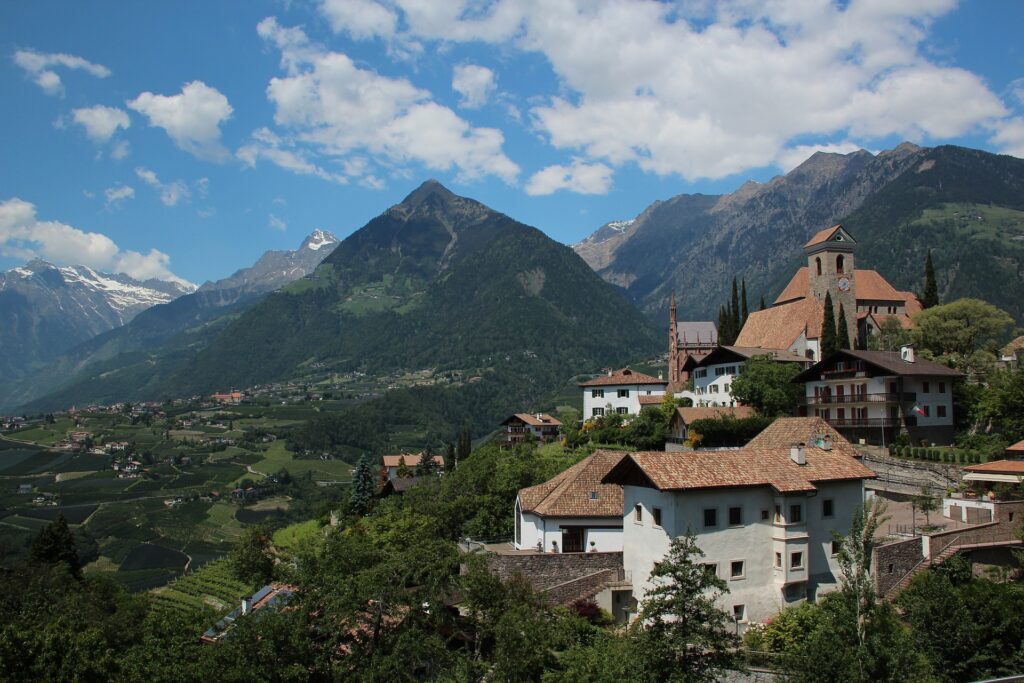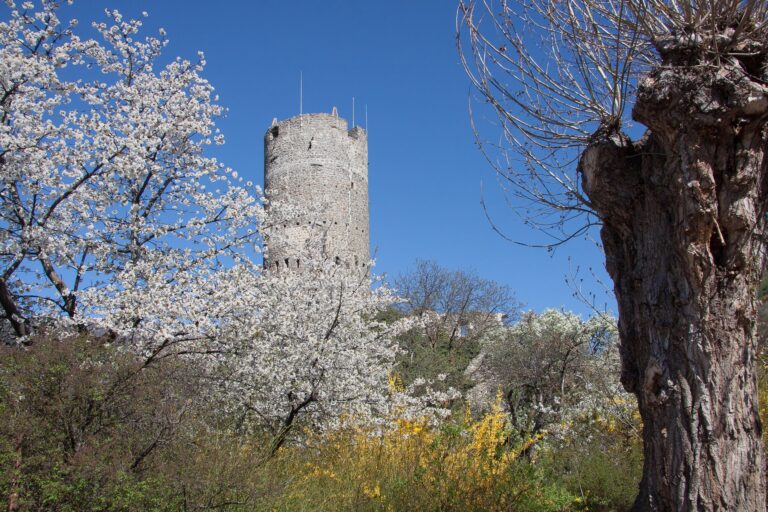IRSR Vinschgau
The Vinschgau Valley (or Val Venosta in Italian) in South Tyrol, Italy, is the uppermost part of the Etsch Valley with its side valleys and extends from the headwaters of the Etsch River near the Reschen Pass to Töll, near Meran. The valley is surrounded by high mountain ridges, all of which exceed 3000 meters: There are the Ötztal Alps to the north, the Sesvenna Group to the west and the Ortles Alps to the south. These high mountain ridges shield the Vinschgau climatically and make it an inner alpine dry valley with annual precipitation amounts of 400-500 mm. Another peculiarity arises from the largely west-east orientation of the valley, which divides the slopes into those on the north side of the valley floor and thus exposed to the south (Sonnenberg) and those on the south side of the valley floor and thus exposed to the north (Nörderberg).
70 percent of the valley floor in the Vinschgau Valley is made up of post-glacial mud cones, which have repeatedly dammed the Adige River and thus formed fill plains. All together, this makes the Vinschgau Valley a unique landscape with a great diversity of ecosystems, animal and plant species. Almost 40 percent of the Vinschgau area is glacier, rock and wasteland, 16 percent is natural grassland above the tree line and 33 percent of the area is forest.
Landscape and land use
In the past, the valley floor was used for grain cultivation. Since the end of World War II and increasing globalization, apple growing has taken hold there. Even though only about 2 percent of the Vinschgau area is planted with permanent crops, the almost complete coverage of the valley floor with plantations is unmistakable. Meadows and pastures with intensive grassland are, however, the most important agricultural area with more than 8 percent. Due to centuries of real division, the farms have a small structure. At higher altitudes, farmers are therefore often dependent on supplementary or sideline income. At over 16 percent, the number of people employed in agriculture is well above the national average.
The diversity of habitats, due to altitude, climate, slope and land use, makes the Vinschgau unique. Many of these habitats are only formed and preserved by human use, such as the species-rich alpine pastures. In the Nature Park Texelgruppe and in the National Park Stilfser Joch these habitats are actively preserved.



